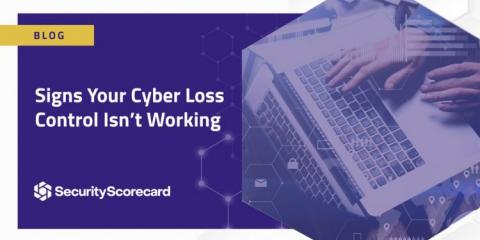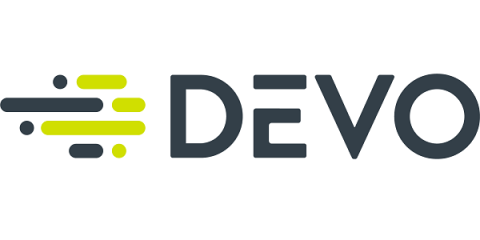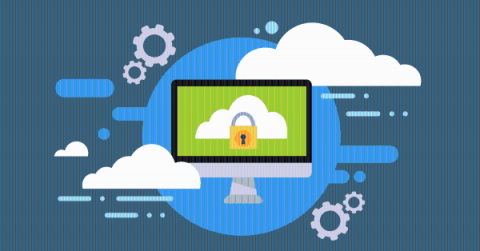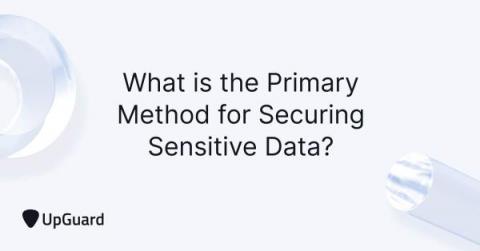Signs Your Cyber Loss Control Isn't Working
Most cyber insurance policies include a form of value-added service meant to help policyholders avoid cyber incidents. These services create differentiation in the market for insurers and help the bottom line. In fact, a recent survey of cyber insurers found that risk engineering services are a bigger driver of profitability than underwriting accuracy. Yet, we know that the dynamic nature of cyber risk has insurers struggling to keep up and new approaches to evaluating that risk are needed.











